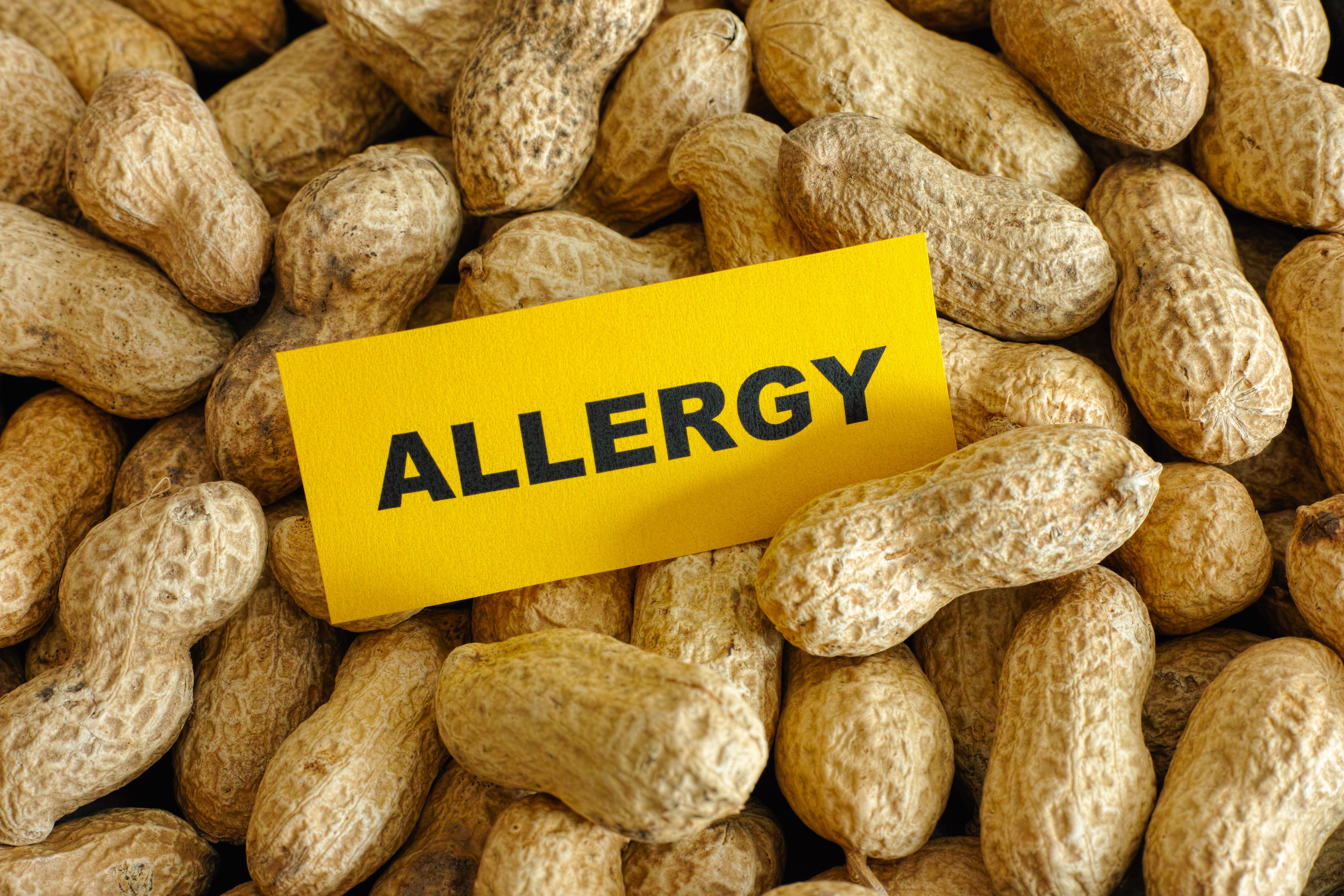Slow, Gradual Exposure to More Peanuts Could Solve Peanut Allergy in Kids
New research indicates some children could increase tolerance gradually using store-bought peanut butter.
By
Patrick Campbell
| Published on February 10, 2025
5 min read
Credit: Adobe Stock

A new study suggests parents could help their children beat a mild peanut allergy simply by eating gradually increasing doses of store-bought peanut butter.
Presented at a major medical meeting and published in a scientific journal, the study found microdosing peanut protein over an extended period increased a child’s ability to tolerate increasing amounts of peanuts without inducing anaphylaxis or requiring administration of epinephrine.
“Our study results suggest a safe, inexpensive and effective pathway for allergists to treat children with peanut allergy who can already tolerate the equivalent of at least half a peanut, considered a high-threshold peanut allergy,” said Scott Sicherer, MD, director of the Elliot and Roslyn Jaffe Food Allergy Institute at Mount Sinai Kravis Children’s Hospital, chief of the Division of Allergy and Immunology in Mount Sinai’s Department of Pediatrics, and lead author of the paper, in a press release. “Our findings open the gateway to personalized threshold-based treatments of food allergy and will encourage additional studies that delve deeper into peanut and other foods for this approach that might be a game-changer for the majority of people with food allergies.”
Peanut Allergy Overview
Recent data suggest peanut allergy affects approximately 2% of individuals in Western countries, with evidence suggesting an increasing prevalence. However, advancements in immunotherapy have introduced promising treatments for peanut allergy.
Among these approaches is the use of omalizumab (Xolair), a monoclonal antibody that targets immunoglobulin E, a key player in allergic reactions. Clinical trials have demonstrated that omalizumab can significantly increase the threshold of reactivity to peanut allergens, allowing patients to tolerate higher amounts of peanut protein.
Other treatment approaches for peanut allergy include epicutaneous immunotherapy (EPIT), such as the Viaskin Peanut patch. EPIT involves the application of a patch containing peanut protein to the skin, aiming to desensitize the immune system to allergens. Oral immunotherapy (OIT), which involves administering gradually increasing amounts of peanut protein to desensitize the immune system, has also become an option with the 2020 U.S. Food and Drug Administration approval of Palforzia, an OIT product for children aged 4 to 17 years.
New Evidence in Peanut Allergy
The study by Mount Sinai investigators enrolled 73 children between the ages of 4 and 14 years, with these children randomly assigned to either a peanut-ingestion group or a peanut-avoidance group. Those in the ingestion group began with a small daily dose of peanut butter (1/8 teaspoon) and gradually increased their intake every eight weeks under medical supervision, reaching 1 tablespoon by the end of the 18-month study.
At the end of the study, none of the children in the ingestion group had severe reactions or required epinephrine at home, and only one needed epinephrine during supervised dosing. After completing the regimen, participants underwent a feeding test to determine their tolerance. All 32 children in the ingestion group who took the test could tolerate the maximum dose of 9 grams of peanut protein (3 tablespoons of peanut butter), compared with just three of the 30 children in the avoidance group.
To assess the long-term effects, children from the peanut-ingestion group who passed the initial feeding test continued eating at least 2 tablespoons of peanut butter weekly for 16 weeks, then avoided peanuts entirely for eight weeks before undergoing a final feeding test.
Among 30 children who participated in this final test, 26 tolerated 9 grams of peanut protein, demonstrating sustained unresponsiveness. In contrast, only three children from the avoidance group developed a tolerance. A broader analysis of all study participants showed that 68.4% of the peanut-ingestion group achieved sustained unresponsiveness to peanuts, while only 8.6% of the avoidance group developed a natural tolerance.
“These study results are very exciting and a huge step forward in personalizing food allergy treatment,” concluded Sicherer. “My hope is that this study will eventually change practice to help these children and encourage additional research that includes this approach for more foods.”

